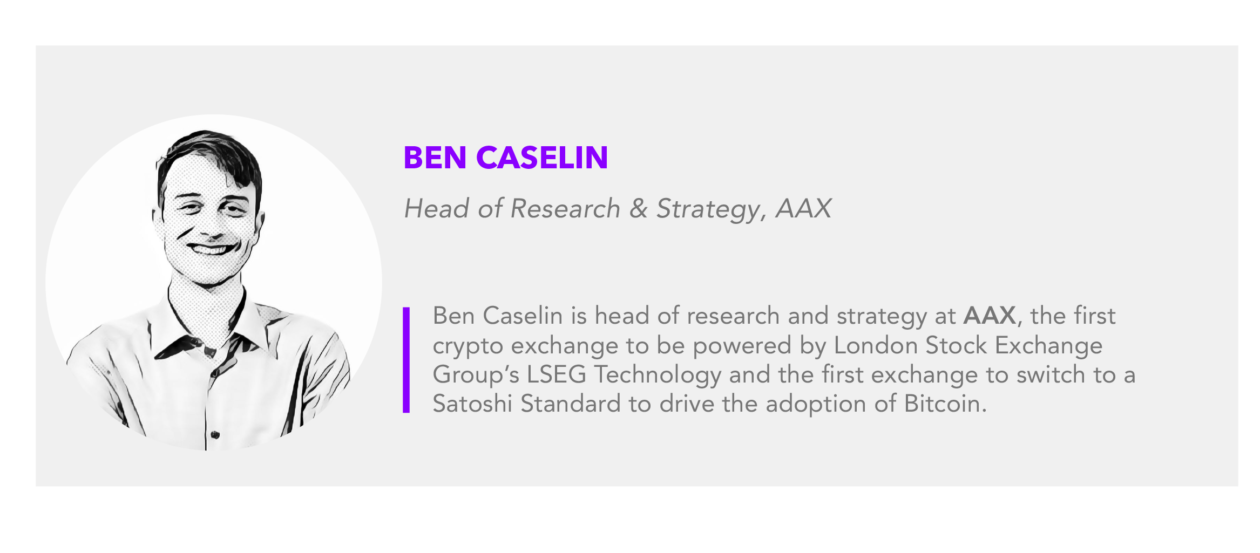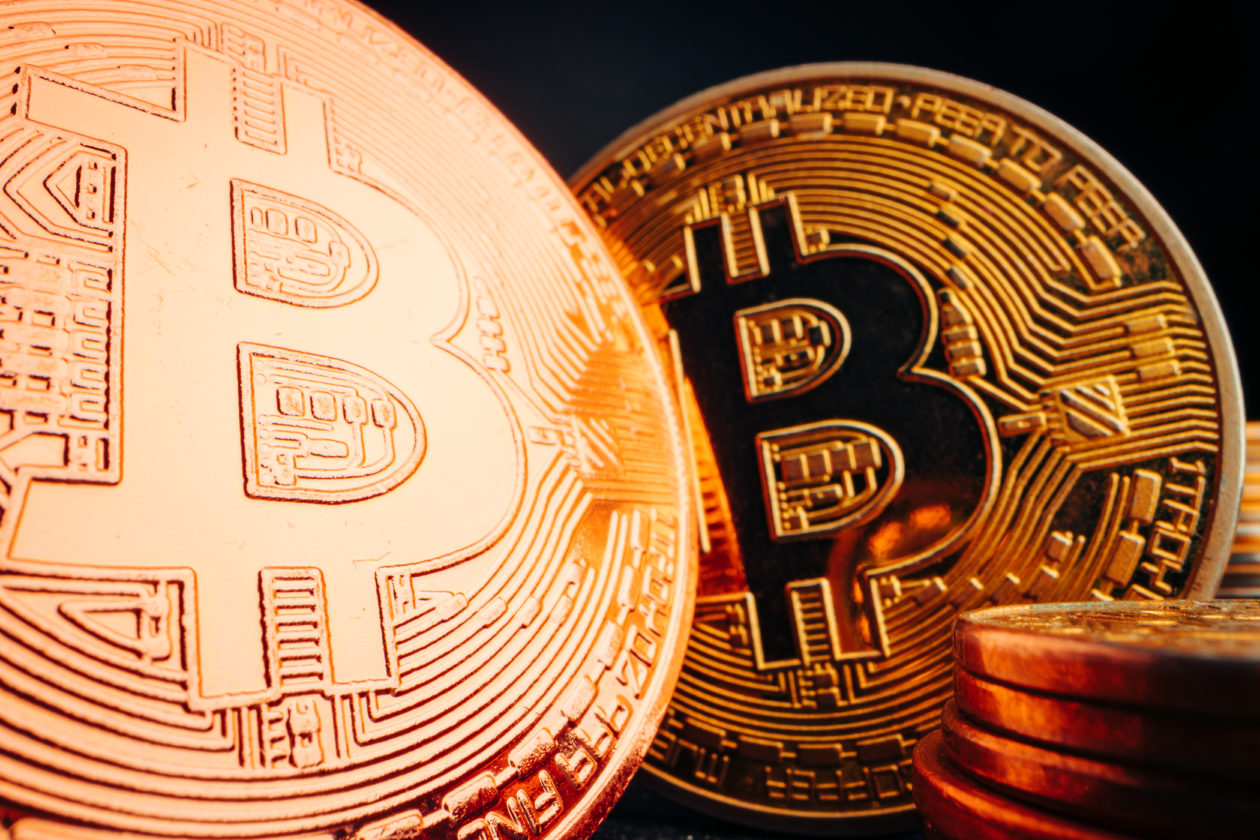Thirteen years ago, on the 31st of October in 2008, Satoshi Nakamoto published the Bitcoin whitepaper.
What started out as a digital currency leveraging cryptography has evolved into a deflationary digital asset held in institutional investment portfolios, corporate balance sheets and millions of individual wallets across the world. This is astonishing given the origins and nature of Bitcoin, but if this were to be the end station, would we regard it successful?

The Bitcoin promise
Forget ROI. Except for an assumption of price appreciation, there was no promise in Satoshi’s paper of any returns. The idea of Bitcoin, as it is presented in the document, first and foremost targets online commerce and existing payment mechanisms that operate through communication channels. That’s it.
Favoring a decentralized infrastructure and cryptographic proof over having to trust in third parties, Bitcoin solved the double-spending problem for electronic payments, introducing settlement finality and a degree of incorruptibility that leverages logic, probability and code in a way not seen before.
In 2021, we’re seeing the integration of the Bitcoin network with PayPal, Twitter and other large platforms. Better yet, Strike uses the Bitcoin network as rails to facilitate highly efficient cross-border transactions and everyday payments. The word is out and the world is buying it. But this is not where the story ends.
Satoshi introduced a brilliant consensus mechanism that requires the real-world expenditure of CPU time and electricity for the generation of new blocks — or records of truth. Tying such work together with a sophisticated incentive model that rewards miners with newly minted Bitcoin until the year 2140 when all Bitcoin will have been mined and transactions fees are sufficient to fund security, Satoshi delivered an incorruptible and resilient chain built for longevity. Meaning, this network and the currency that lives on top of it are going to be around for a long time — centuries perhaps.
Pressure from all sides has changed Bitcoin
Over the past years, Bitcoin has survived rifts in the community, crackdowns, hard forks, regulatory pressure, bans, and misinformation campaigns. It survived the recent exodus of miners from China, and despite having been declared dead hundreds of times, Bitcoin continues to chart new highs every cycle and is seeing an adoption rate globally on par with, if not faster than, the adoption rate of the internet.
What was not addressed in the whitepaper was the situation we are currently in, which is where we see over 13,000 blockchain-based currencies and tokens vie for attention, with some able to carve out a niche of their own — away from Bitcoin. This is not a single battle, but a meshwork of competing narratives and applications, driving a completely new iteration of what the internet can do for society.
Bitcoin has evolved into a reserve asset in this space, an index market of sorts that reflects the overall state of the crypto market at large. Throughout the years, it has maintained its top position, it is the first cryptocurrency to reach the trillion dollar market cap, and the only digital currency to be adopted as legal tender.
But while it would be customary to take the whitepaper as a benchmark for success, in the case of Bitcoin, the brilliance and potential of this system really comes to light in the many conversations around Bitcoin, including the early forum exchanges with Satoshi Nakamoto.
What it means to say ‘Bitcoin fixes this’
From the earliest discussions to today’s podcasts and webinars, Bitcoin has emerged as a form of sound money, deeply decentralized at its core, natively spaceless but interwoven with time. Its goal is no less than becoming a global reserve asset. It is inherently agnostic, self-sovereign, borderless, and as a technology able to evolve in tandem with the needs of the modern world.
We cannot possibly know what it will be like when we actually put sound money at the heart of a global society. We say Bitcoin can help the 2 billion unbanked, but if it were up to Bitcoin, everyone ought to be unbanked. What does that look like? What happens to the relationship between governments and their citizens when private money reigns supreme?
Now is not the time to see Bitcoin as a success yet. For Bitcoin to deliver on the narrative that currently drives its growth, we will need to see a change of culture; a shift away from instant gratification and speculation to long-term perspectives and patience. Bitcoin proposes a culture of self-custody, discipline and responsibility. In a world of scarce, sound money, everyone is called on to make an effort to convert their time and energy into capital. In a world where money is private and individuals self-sovereign, there needs to be a strong culture of generosity and fairness.
When we say “Bitcoin fixes this,” it really means there is a lot wrong in how we (dys)function as a global society and as we move to place sound money at the heart of this broken civilization, there will be a lot of problems that we need to address along the way. At every level.
Newly generated wallets and new price levels are one indication of adoption. What happens at the level of culture is a thing we’re only now beginning to hint at.
What does success look like for Bitcoin?
Bitcoin today is still a volatile asset that continues to surprise the world, both at new peaks and deep lows. It is a reflection of a culture of fear, greed, uncertainty and division, but also commitment and strength. Bitcoin exposes the volatility of a macro-environment and a broken financial system from which a privileged minority of the global population for too long has been sheltered to the point of indifference.
Bitcoin is successful when it has settled down, at a price of 1 Bitcoin per Bitcoin, in tandem with a world that has fixed its inequities.
What Satoshi gave us was a whitepaper that held the possibility of so much more. How we get there or what it may look like is beyond me. But these are among the key questions that drive the conversation today and it is what we will be exploring at the upcoming Bitcoin & Beyond Virtual Summit. And yes, that is an invitation.
Hope to see more of you join the conversation.
Caselin will be a co-host at the Bitcoin & Beyond Summit on Nov. 10 sponsored by AAX and Forkast. To attend the virtual event, register here.





